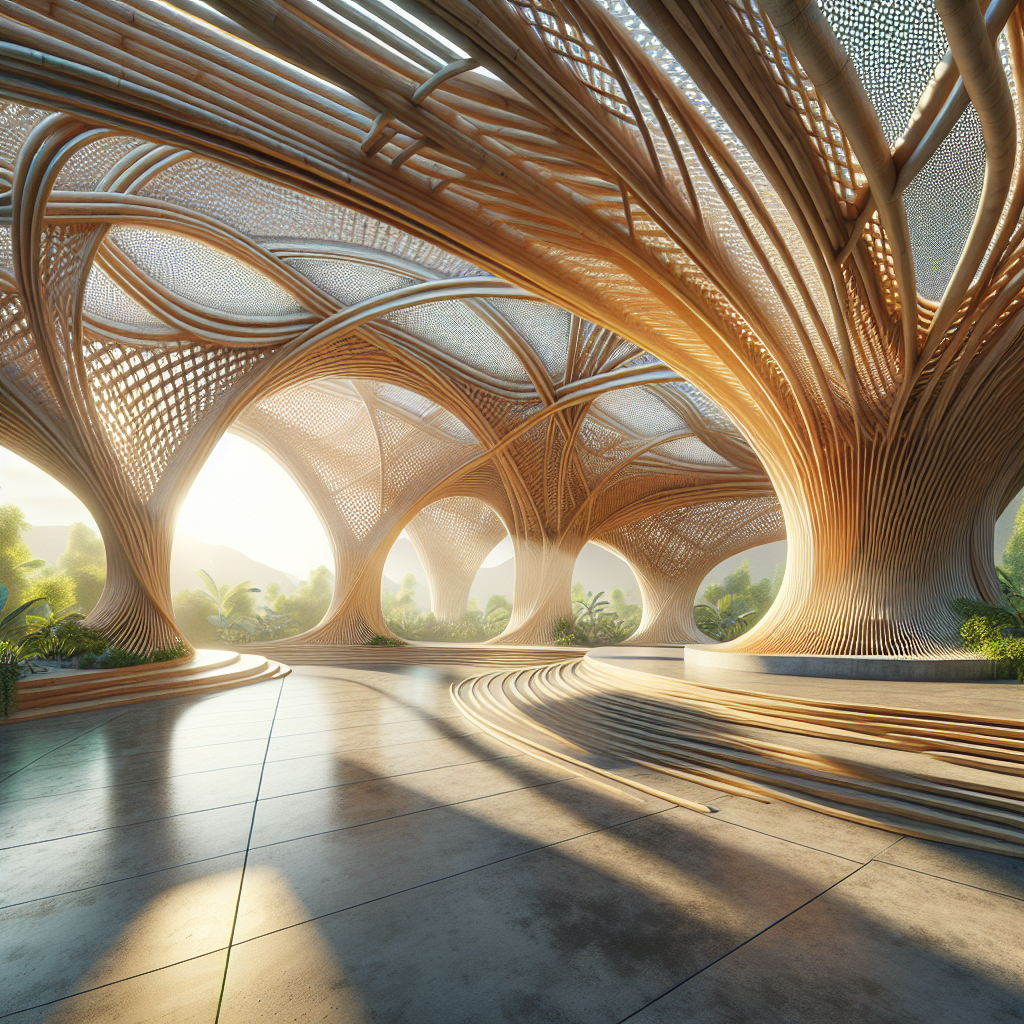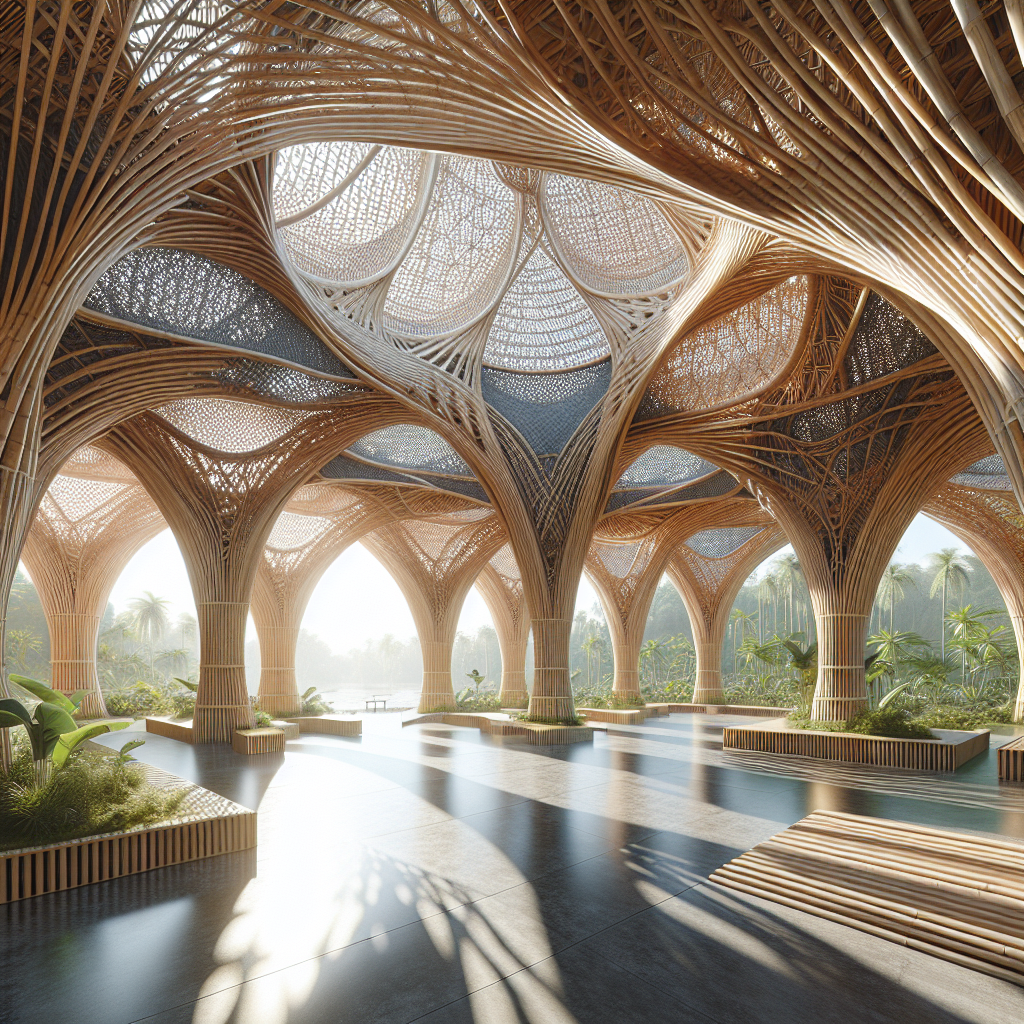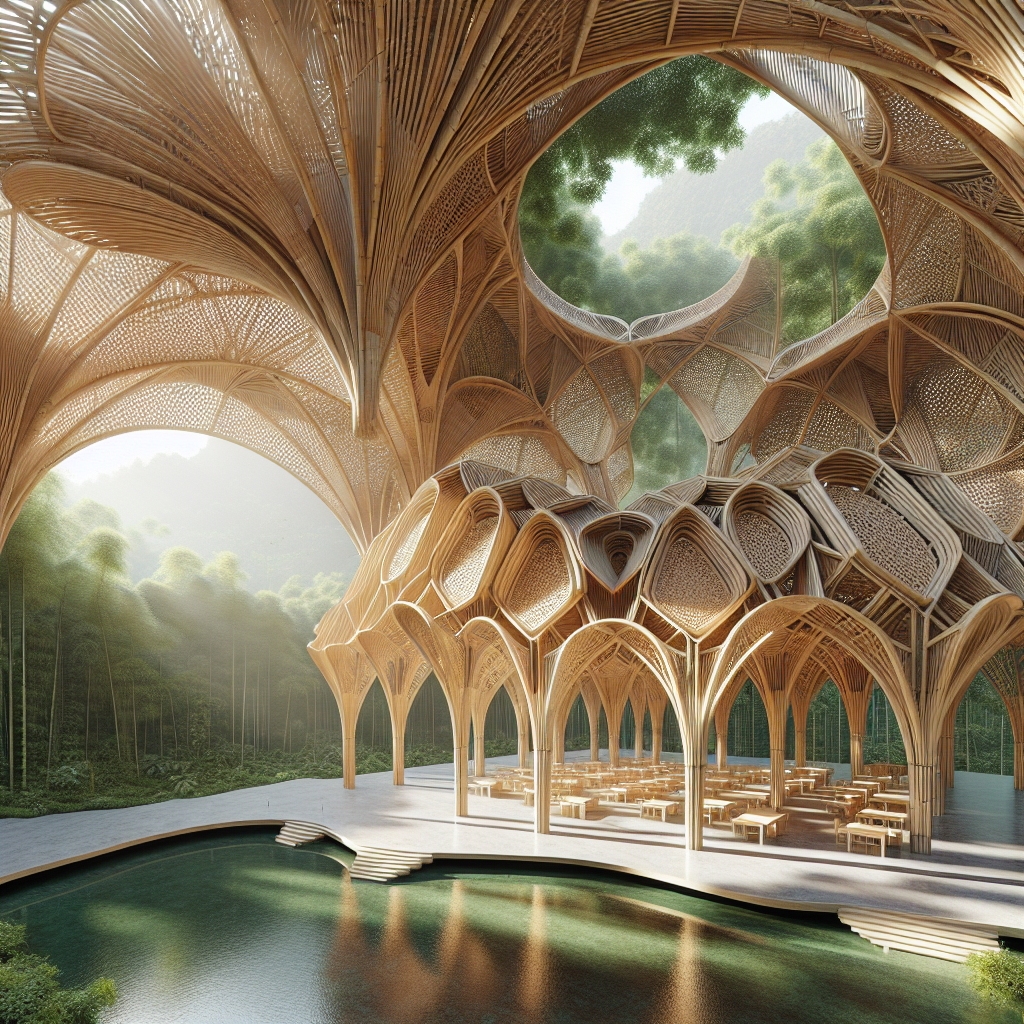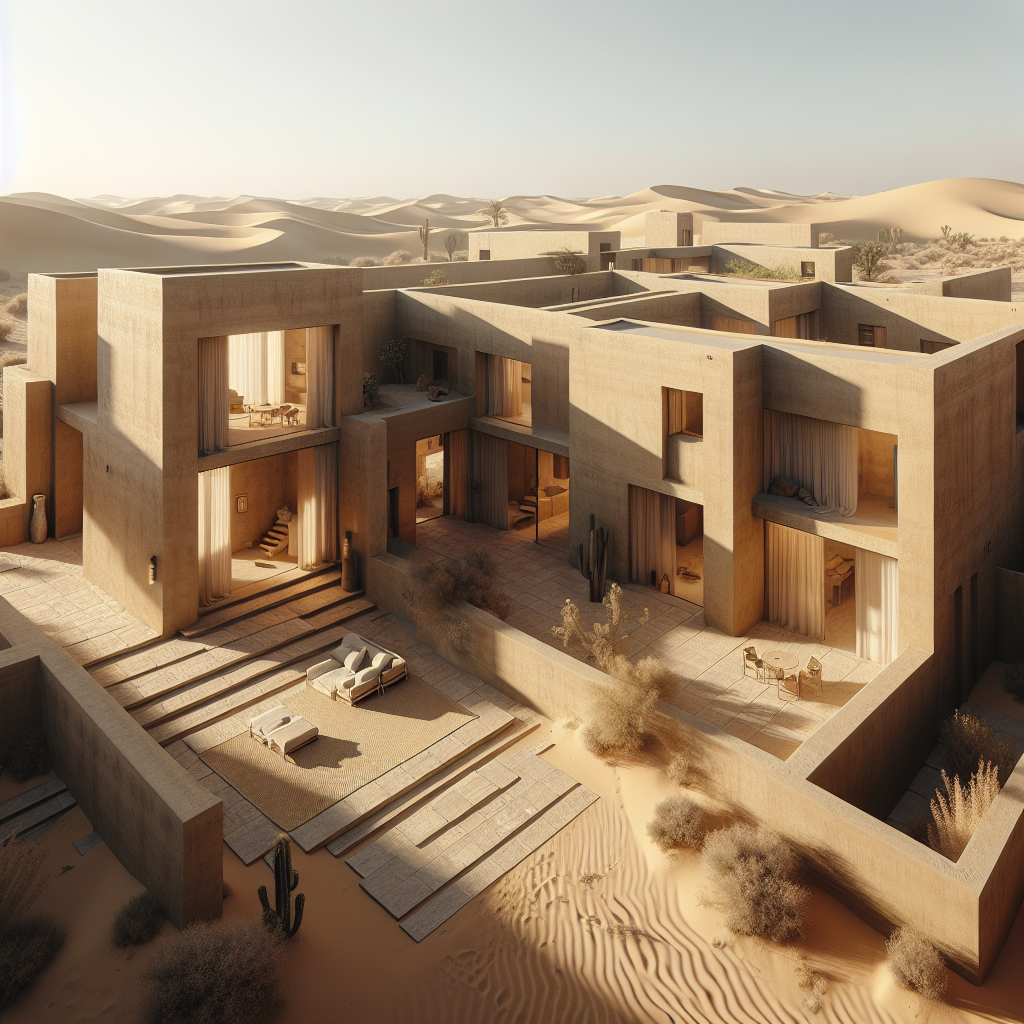Bamboo fusion ancient: construction meets modern structural engineering
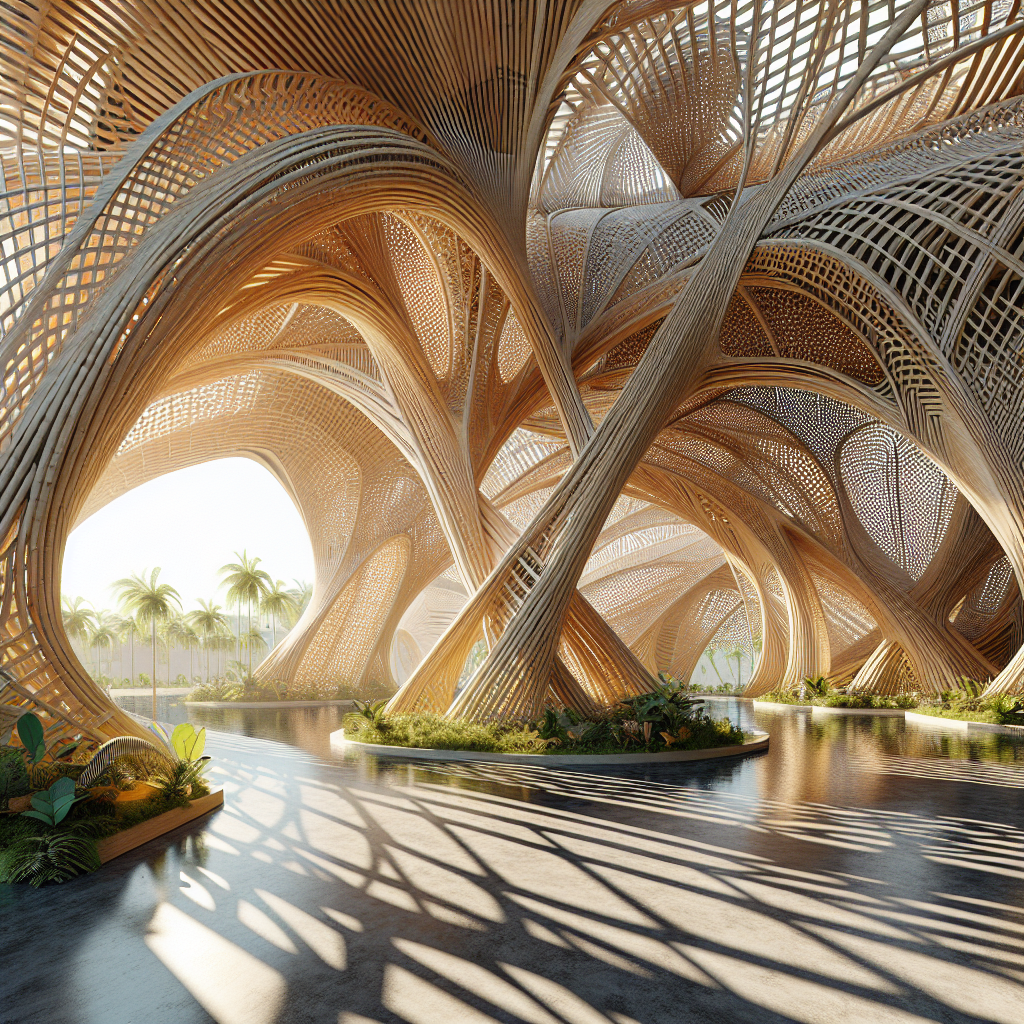
Bamboo Fusion Ancient: Where Traditional Craft Meets Modern Structural Engineering
Across centuries and continents, bamboo architecture has stood as a symbol of adaptability, sustainability, and quiet resilience. Once dismissed as a “poor man’s timber,” bamboo is now being reimagined by structural engineers and architects as a 21st-century material of the future. Its tensile strength rivals that of steel, its renewability surpasses that of any hardwood, and its aesthetic warmth connects deeply with both nature and culture. Today, a new architectural movement—Bamboo Fusion Ancient—is bridging the wisdom of vernacular craftsmanship with the precision of modern engineering, redefining what sustainable construction can look like.
The Ancient Genius of Bamboo
For millennia, bamboo has been central to the built environments of Asia, Africa, and South America. From the bamboo scaffolds of Hong Kong’s skyline to the intricate stilt houses of Indonesia, this grass—yes, technically a grass—has shaped entire architectural traditions. Its rapid growth cycle (some species mature in just three years) and carbon-sequestering capacity make it one of the most eco-efficient materials on Earth.
In traditional settings, bamboo’s use was intuitive: its natural flexibility allowed it to withstand earthquakes and typhoons, while its hollow structure provided both lightness and strength. Ancient builders mastered joinery techniques—binding, pegging, and lashing—that required no nails or adhesives, achieving structural integrity through geometry and tension. These methods are now being revisited by contemporary architects seeking to design for resilience in an era of climate volatility, echoing principles explored in resilient building design.
Engineering the Future: Modern Structural Innovations
The modern reinvention of bamboo is not merely aesthetic—it’s profoundly technical. Engineers are now exploring laminated bamboo composites, where thin strips are compressed and bonded to form beams, panels, and trusses with predictable mechanical properties. These engineered bamboo products, sometimes called “bamboo steel,” can be precision-milled and load-tested like conventional materials, making them suitable for large-scale applications such as bridges, stadiums, and high-rise structures.
A 2023 study by the International Network for Bamboo and Rattan (INBAR) revealed that engineered bamboo exhibits a tensile strength of up to 370 MPa—comparable to mild steel—while being five times lighter. This ratio of strength to weight is revolutionizing sustainable construction, allowing for elegant, long-span designs that merge organic form with structural logic. It’s a direction that resonates with the growing interest in timber skyscrapers and other renewable-material architectures.
Case Studies: Bamboo as a Modern Structural Hero
Few projects embody the fusion of ancient and modern as vividly as the Green School in Bali, designed by IBUKU Studio. Its sweeping, cathedral-like roofs of woven bamboo rise organically from the jungle, supported by structural arches that seem to breathe with the landscape. The design uses parametric modeling to calculate stress points and curvature, while local artisans handcraft each joint using traditional binding techniques. The result is a living structure—both engineered and emotional.
In Vietnam, Vo Trong Nghia Architects have elevated bamboo into a symbol of national identity and environmental responsibility. Their “Bamboo Wing” pavilion in Hanoi uses treated bamboo columns to create a rhythmic, sculptural canopy that appears to float above a reflective pool. The project demonstrates how modern structural engineering can amplify bamboo’s natural grace while ensuring long-term durability through chemical treatment and precision detailing.
Meanwhile, in Colombia, architect Simón Vélez—often called the “bamboo whisperer”—has pioneered the use of guadua bamboo in load-bearing structures. His work on the ZERI Pavilion at Expo Hannover proved that bamboo could meet international building codes, setting a precedent for global acceptance. Vélez’s approach merges artisanal intuition with structural rationalism, illustrating how the material’s cultural legacy can coexist with the demands of modern certification.
Material Science Meets Craftsmanship
The success of bamboo fusion lies in the dialogue between material science and traditional craft. Modern laboratories are developing resins and coatings that extend bamboo’s lifespan to over 50 years, addressing its historical vulnerability to moisture and pests. Computational modeling tools, such as finite element analysis, now allow architects to simulate load paths and optimize joinery, ensuring that every curve and connection performs as beautifully as it looks.
This synthesis mirrors the ethos of biophilic design—a philosophy that integrates natural systems into the built environment to enhance human well-being. Bamboo’s tactile texture, subtle scent, and organic irregularities reconnect occupants with nature, creating spaces that are both sustainable and sensorially rich. Its visual rhythm—nodes, fibers, and gentle tonal variations—adds a depth of material honesty that few industrial materials can match.
Global Trends and the Sustainability Imperative
As cities race toward net-zero goals, bamboo’s potential is gaining unprecedented attention. According to the United Nations Environment Programme, the construction sector accounts for nearly 37% of global carbon emissions. Replacing even a fraction of steel and concrete with renewable materials like bamboo could dramatically reduce this footprint. In China and India, pilot programs are already integrating bamboo into affordable housing and modular infrastructure, signaling a shift toward low-carbon construction systems.
Architectural firms in Europe and Latin America are experimenting with hybrid structures that combine bamboo with recycled steel or rammed earth, creating composite systems that balance strength, flexibility, and thermal performance. This approach aligns with the principles of circular economy design, where materials are chosen for their renewability and end-of-life recyclability.
Design Language: Aesthetics of Fusion
Beyond performance, bamboo introduces a new aesthetic vocabulary to contemporary architecture. Its linear grain and warm hue lend themselves to sculptural minimalism, while its structural versatility supports expressive, biomorphic forms. In interiors, bamboo slats are being used for acoustic ceilings, curved partitions, and furniture that blurs the line between craft and computation.
Imagine a pavilion where the roof undulates like a woven fabric, light filtering through latticed bamboo ribs that cast shifting shadows across polished concrete floors. Or a residential façade where laminated bamboo fins act as both sunshades and poetic gestures of sustainability. These designs speak to a future where ecological consciousness and aesthetic refinement are inseparable.
Challenges and the Path Forward
Despite its promise, bamboo still faces challenges in global adoption. Standardization remains a hurdle—each species has unique mechanical properties, and international building codes are only beginning to accommodate them. Preservation treatments, while improving, must balance durability with environmental safety. Yet the momentum is undeniable: universities, research institutes, and design studios worldwide are collaborating to refine testing protocols and digital fabrication methods.
The next frontier lies in integrating bamboo into smart construction systems—combining sensors, robotics, and modular assembly to scale production without losing craftsmanship. The fusion of tradition and technology is not a nostalgic gesture but a pragmatic evolution, one that could redefine how we build in harmony with our ecosystems.
A Living Legacy
Bamboo’s resurgence is more than a material revolution—it’s a cultural renaissance. It invites architects to look backward and forward simultaneously, to honor indigenous intelligence while embracing computational precision. In this synthesis, we find a model for the future of sustainable architecture: one that is rooted, regenerative, and profoundly human.
As the world seeks to reconcile growth with responsibility, bamboo stands as both metaphor and material—a reminder that the answers to our most advanced engineering challenges may lie in the quiet wisdom of ancient design.
Keywords: bamboo architecture, sustainable construction, engineered bamboo, biophilic design, modern structural engineering, bamboo fusion ancient
